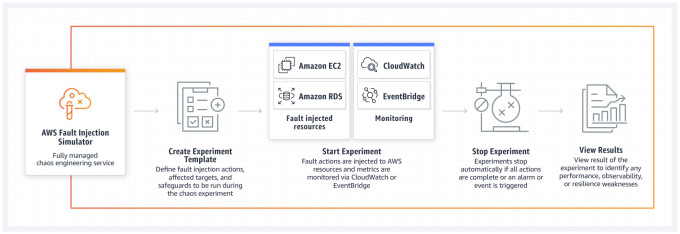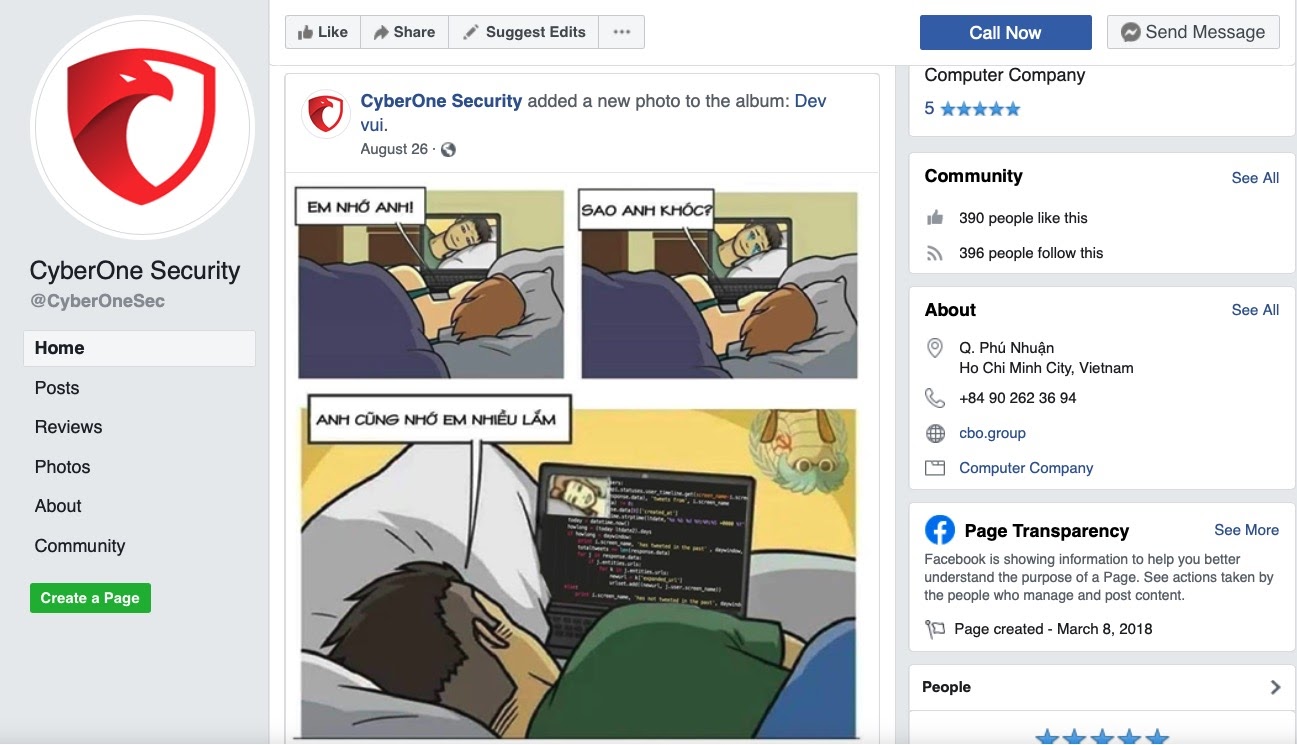The still-unfolding breach at network management software firm SolarWinds may have resulted in malicious code being pushed to nearly 18,000 customers, the company said in a legal filing on Monday. Meanwhile, Microsoft should soon have some idea which and how many SolarWinds customers were affected, as it recently took possession of a key domain name used by the intruders to control infected systems.

On Dec. 13, SolarWinds acknowledged that hackers had inserted malware into a service that provided software updates for its Orion platform, a suite of products broadly used across the U.S. federal government and Fortune 500 firms to monitor the health of their IT networks.
In a Dec. 14 filing with the U.S. Securities and Exchange Commission (SEC), SolarWinds said roughly 33,000 of its more than 300,000 customers were Orion customers, and that fewer than 18,000 customers may have had an installation of the Orion product that contained the malicious code. SolarWinds said the intrusion also compromised its Microsoft Office 365 accounts.
The initial breach disclosure from SolarWinds came five days after cybersecurity incident response firm FireEye announced it had suffered an intrusion that resulted in the theft of some 300 proprietary software tools the company provides to clients to help secure their IT operations.
On Dec. 13, FireEye published a detailed writeup on the malware infrastructure used in the SolarWinds compromise, presenting evidence that the Orion software was first compromised back in March 2020. FireEye didn’t explicitly say its own intrusion was the result of the SolarWinds hack, but the company confirmed as much to KrebsOnSecurity earlier today.
Also on Dec. 13, news broke that the SolarWinds hack resulted in attackers reading the email communications at the U.S. Treasury and Commerce departments.
On Dec. 14, Reuters reported the SolarWinds intrusion also had been used to infiltrate computer networks at the U.S. Department of Homeland Security (DHS). That disclosure came less than 24 hours after DHS’s Cybersecurity and Infrastructure Security Agency (CISA) took the unusual step of issuing an emergency directive ordering all federal agencies to immediately disconnect the affected Orion products from their networks.
ANALYSIS
Security experts have been speculating as to the extent of the damage from the SolarWinds hack, combing through details in the FireEye analysis and elsewhere for clues about how many other organizations may have been hit.
And it seems that Microsoft may now be in perhaps the best position to take stock of the carnage. That’s because sometime on Dec. 14, the software giant took control over a key domain name — avsvmcloud[.]com — that was used by the SolarWinds hackers to communicate with systems compromised by the backdoored Orion product updates.
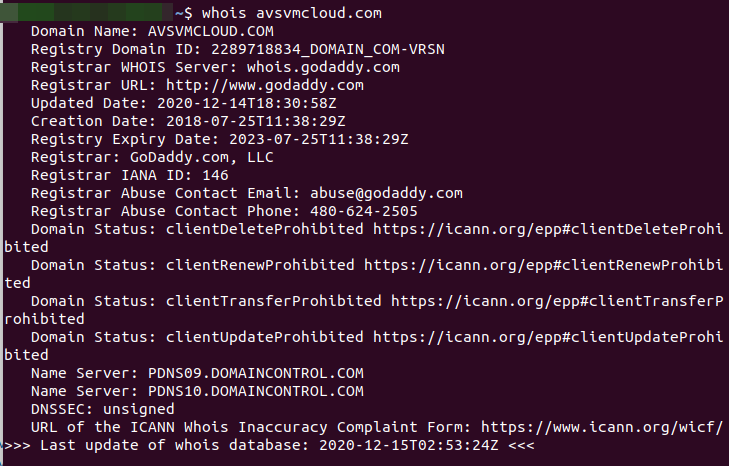
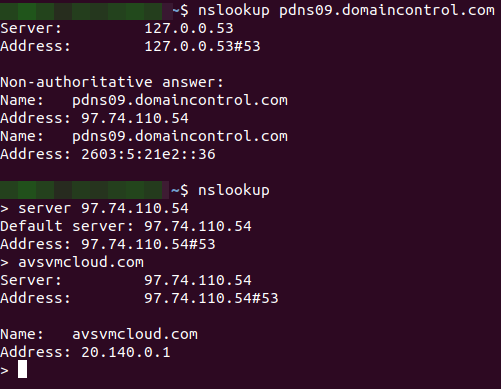
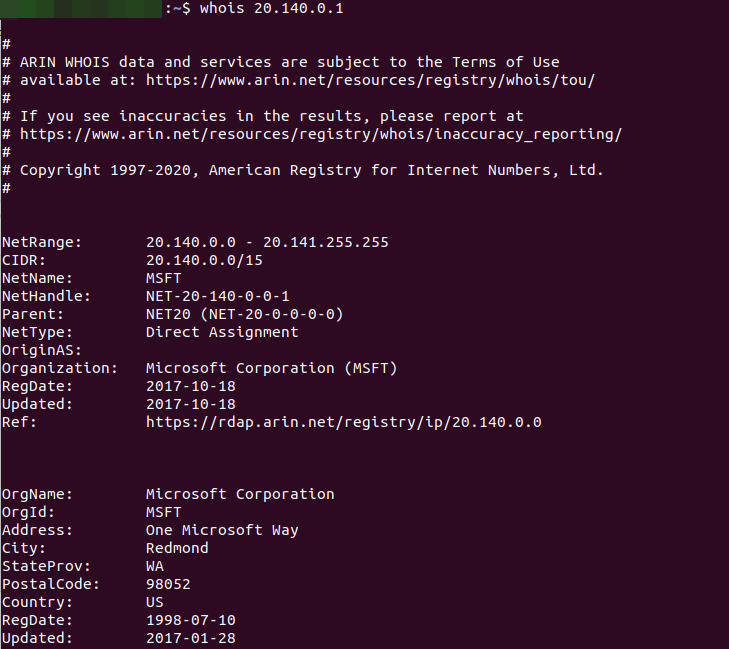
Armed with that access, Microsoft should be able to tell which organizations have IT systems that are still trying to ping the malicious domain. However, because many Internet service providers and affected companies are already blocking systems from accessing that malicious control domain or have disconnected the vulnerable Orion services, Microsoft’s visibility may be somewhat limited.
Microsoft has a long history of working with federal investigators and the U.S. courts to seize control over domains involved in global malware menaces, particularly when those sites are being used primarily to attack Microsoft Windows customers.
Microsoft dodged direct questions about its visibility into the malware control domain, suggesting those queries would be better put to FireEye or GoDaddy (the current domain registrar for the malware control server). But in a response on Twitter, Microsoft spokesperson Jeff Jones seemed to confirm that control of the malicious domain had changed hands.
“We worked closely with FireEye, Microsoft and others to help keep the internet safe and secure,” GoDaddy said in a written statement. “Due to an ongoing investigation and our customer privacy policy, we can’t comment further at this time.”
FireEye declined to answer questions about exactly when it learned of its own intrusion via the Orion compromise, or approximately when attackers first started offloading sensitive tools from FireEye’s network. But the question is an interesting one because its answer may speak to the motivations and priorities of the hackers.
Based on the timeline known so far, the perpetrators of this elaborate hack would have had a fairly good idea back in March which of SolarWinds’ 18,000 Orion customers were worth targeting, and perhaps even in what order.
Alan Paller, director of research for the SANS Institute, a security education and training company based in Maryland, said the attackers likely chose to prioritize their targets based on some calculation of risk versus reward.
Paller said the bad guys probably sought to balance the perceived strategic value of compromising each target with the relative likelihood that exploiting them might result in the entire operation being found out and dismantled.
“The way this probably played out is the guy running the cybercrime team asked his people to build a spreadsheet where they ranked targets by the value of what they could get from each victim,” Paller said. “And then next to that they likely put a score for how good the malware hunters are at the targets, and said let’s first go after the highest priority ones that have a hunter score of less than a certain amount.”
The breach at SolarWinds could well turn into an existential event for the company, depending on how customers react and how SolarWinds is able to weather the lawsuits that will almost certainly ensue.
“The lawsuits are coming, and I hope they have a good general counsel,” said James Lewis, senior vice president at the Center for Strategic and International Studies. “Now that the government is telling people to turn off [the SolarWinds] software, the question is will anyone turn it back on?”
According to its SEC filing, total revenue from the Orion products across all customers — including those who may have had an installation of the Orion products that contained the malicious update — was approximately $343 million, or roughly 45 percent of the firm’s total revenue. SolarWinds’ stock price has fallen 25 percent since news of the breach first broke.
Some of the legal and regulatory fallout may hinge on what SolarWinds knew or should have known about the incident, when, and how it responded. For example, Vinoth Kumar, a cybersecurity “bug hunter” who has earned cash bounties and recognition from multiple companies for reporting security flaws in their products and services, posted on Twitter that he notified SolarWinds in November 2019 that the company’s software download website was protected by a simple password that was published in the clear on SolarWinds’ code repository at Github.
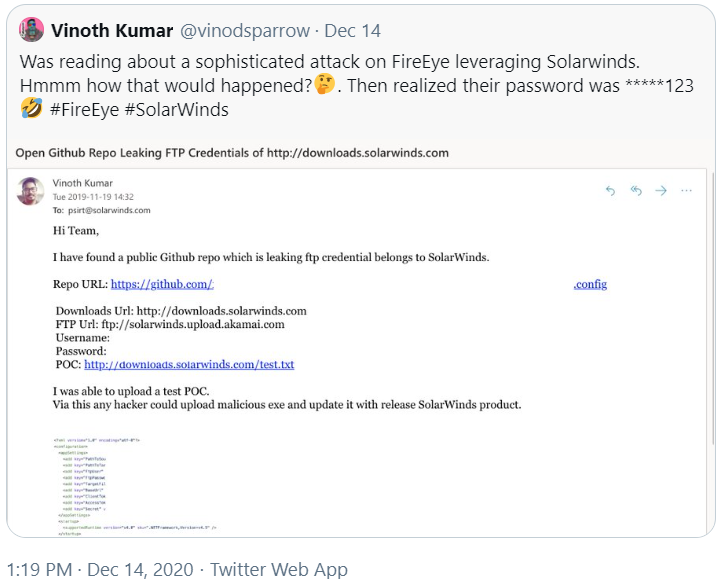
Andrew Morris, founder of the security firm GreyNoise Intelligence, on said that as of Tuesday evening SolarWinds still hadn’t removed the compromised Orion software updates from its distribution server.

Another open question is how or whether the incoming U.S. Congress and presidential administration will react to this apparently broad cybersecurity event. CSIS’s Lewis says he doubts lawmakers will be able to agree on any legislative response, but he said it’s likely the Biden administration will do something.
“It will be a good new focus for DHS, and the administration can issue an executive order that says federal agencies with regulatory authority need to manage these things better,” Lewis said. “But whoever did this couldn’t have picked a better time to cause a problem, because their timing almost guarantees a fumbled U.S. response.”
![]()

